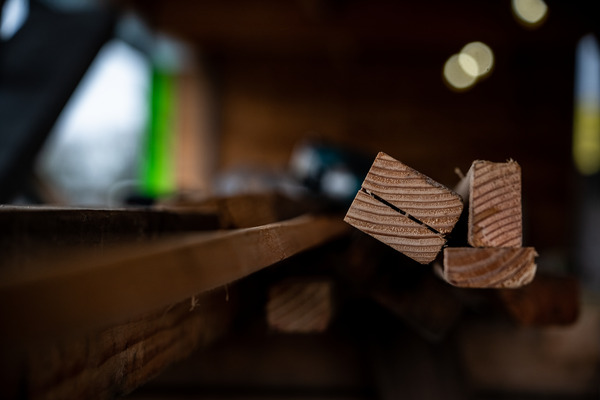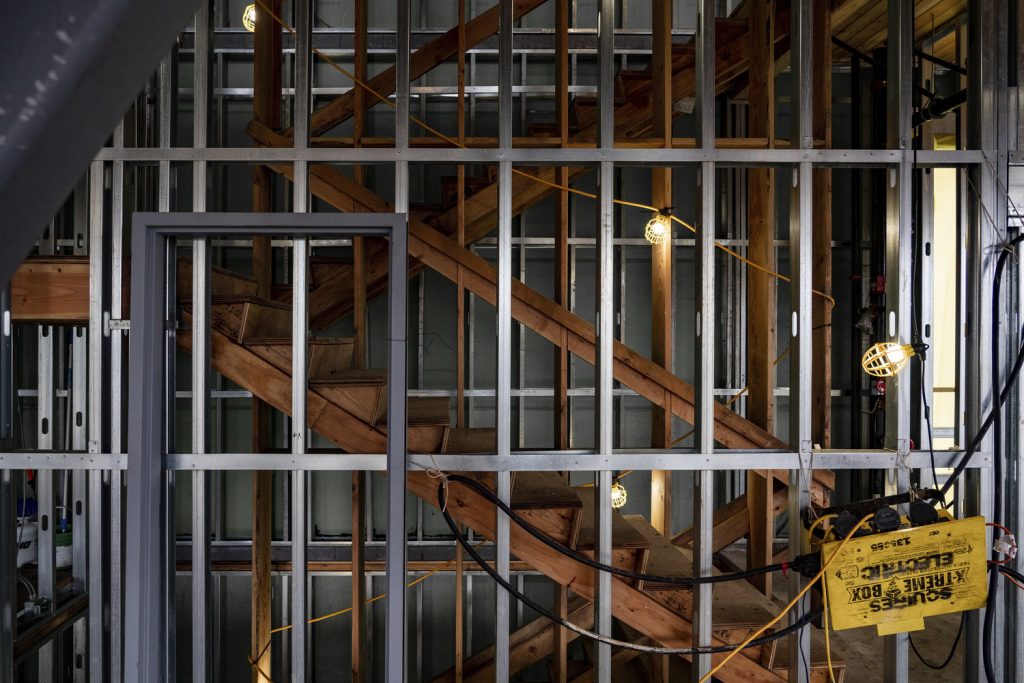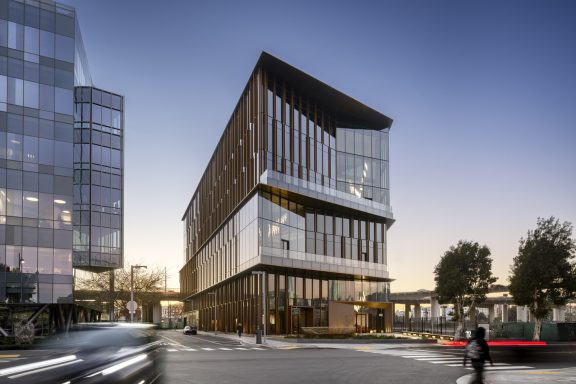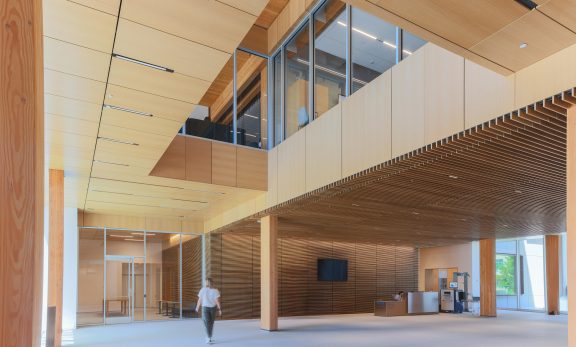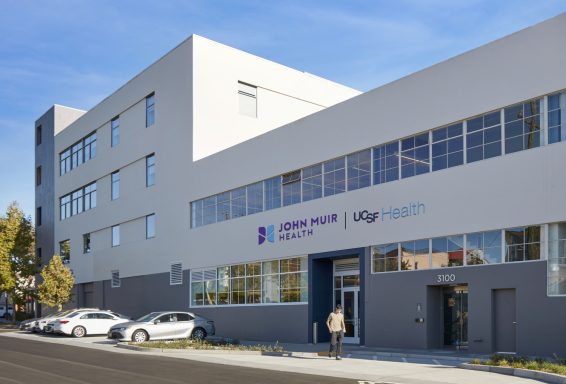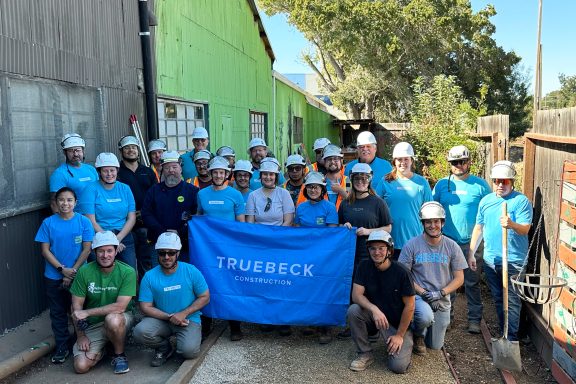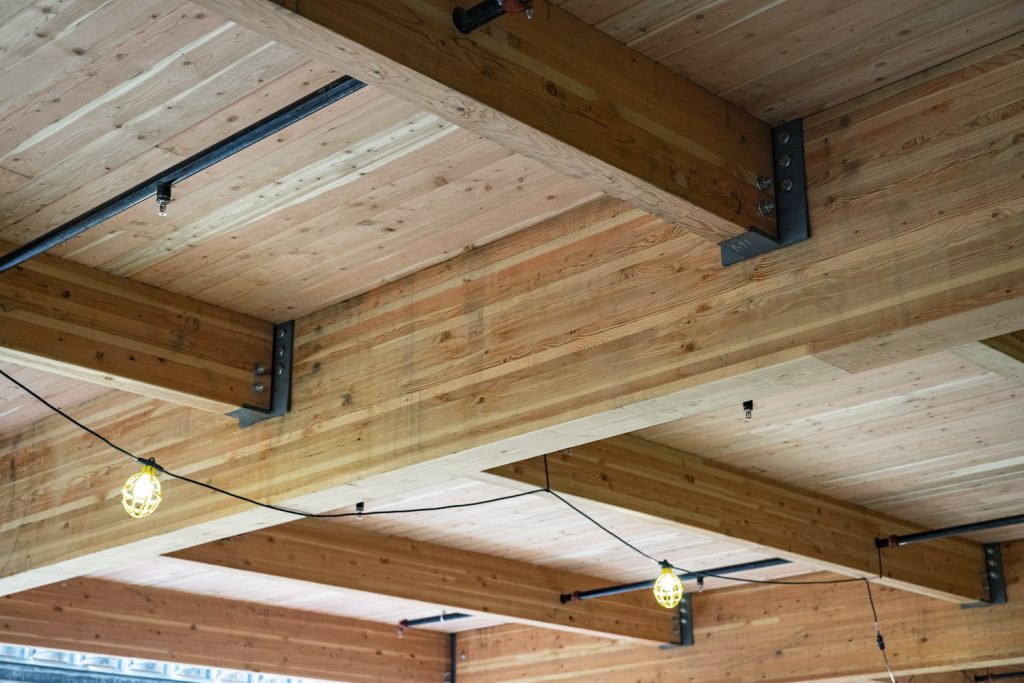
- Innovation
The Next Disruptor: Mass Timber in Design & Construction
Since its inception in the late 1800s, steel has been a staple of large-scale construction projects. Its advantages made it the dominant material used, but after one hundred years, steel is losing its monopoly on commercial construction. Making a comeback is the use of wood.
With each passing year, more projects are opting to use mass timber, specifically cross-laminated timber (CLT), as the material for a building’s structure. Mass timber structures are one of the most modern and up-and-coming systems because of the unique advantages it offers.
Understanding the Advantages of Mass Timber
CLT is created when wood timbers are layered and pressed together to form structural panels that are as rigid and durable as steel. This means, the advantages of steel to CLT are minimal if non-existent. CLT provides the same amount of structural integrity that steel can on certain projects.
Mass timber projects also have a lower environmental impact than steel and concrete. There is a reduction in emissions used to create CLT as well as a reduction in emissions for transportation in places where timber is abundant, like the Pacific Northwest. As one of the nation’s greenest cities, it is no surprise that Portland is adopting mass timber at the fastest rate.
Delivery time is also a key differentiator for mass timber projects, especially in a location like the Pacific Northwest where timber is a staple industry. General contractors are able to quickly procure the material and install it faster than steel. This advantage is of particular note to developers who can see a quicker return-on-investment by using mass timber.
From a visual standpoint, mass timber can be more aesthetically pleasing than steel structures. The aesthetic nature of wood allows for unique architectural designs and interplay between structure and interiors. Among architects, there is a desire to have wood be the dominant aesthetic.
In addition to aesthetic design, using mass timber building products achieves occupant health and wellness. With wood visible in the built environment, occupants can see reduced stress levels and lower blood pressure – this is the premise behind biophilic design. This innovative concept helps increase occupant connectivity to nature.
“Every time people go into my buildings that are wood, I notice they react completely differently. I’ve never seen anybody walk into one of my buildings and hug a steel or a concrete column, but I’ve actually seen that happen in a wood building.” – Michael Green, MGA, from his TED Talk
What are We Concerned About?
Like any new trend, there are questions raised about the implementation of new materials and technology.
For mass timber, there are some counties that have specific building regulations for mass timber projects. Each county has their own approach to mass timber, for example in Washington State, mass timber is allowed for office projects up to six stories and for residential up to five. Architects and developers will need to pay close attention to these regulations and ensure their project’s design is compliant with these city, state, and county building codes.
Is mass timber a fire hazard? This may be a common concern. However, the perception that mass timber is a fire hazard is a myth. In a test conducted by the American Wood Council, they exposed CLT to a standard fire that reached over 1,800 degrees Fahrenheit. Approved fire rating requires at least two hours of survivability. The CLT lasted three hours and six minutes.
It may be fire safe but is it also earthquake safe? Another common concern, especially in the western United States, is the seismic integrity of a structure. Multiple tests have been conducted on mass timber and research is still ongoing but as to date, mass timber meets all seismic performance goals.
Portland Leads the Way
Currently, Truebeck is developing two mass timber projects for the real estate investment firm Willamette Stone. Arete Creative Office Development is a 20k sf ground-up project that will provide four floors of class-A office space in the North Portland District. The project will be delivered using a design-build method and is expected to be completed before the close of 2020.
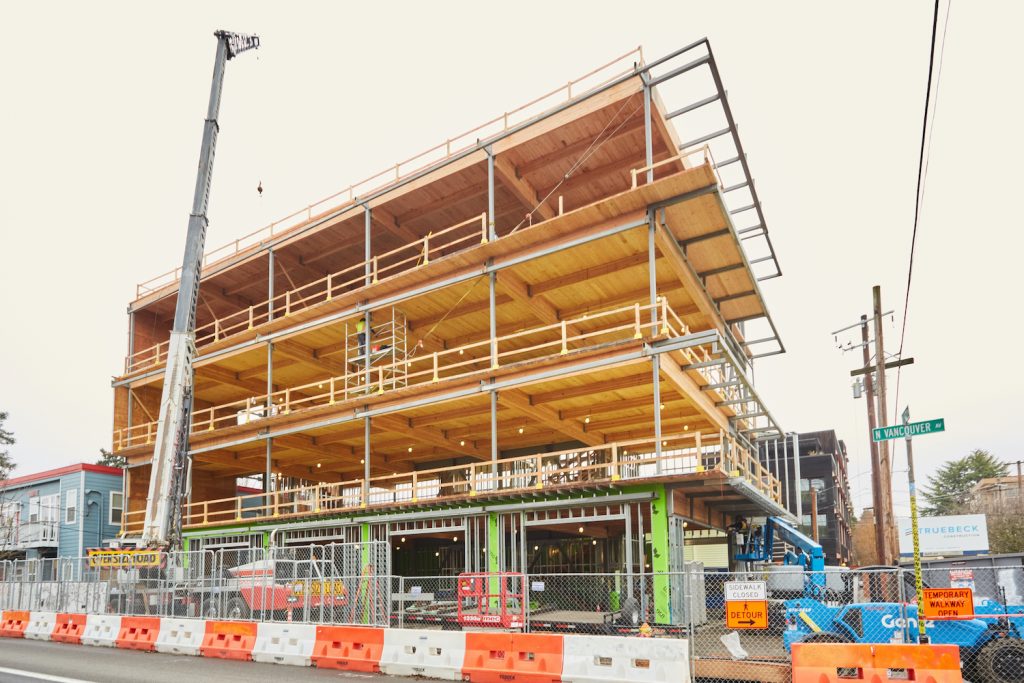
Like many mass timber projects, the Arete Creative Office Development implements a unique hybrid steel and mass timber structure system. “One of the key nuances about our job is that we have a hybrid system,” said Scott Zinkgraf, Project Manager. “We have steel columns and brace frames that are handling the vertical structure and larger glulam beams and glulam purlins handling the horizontal structure of each deck level. Then we have four-ply, car decking material that forms the deck surface with a two-inch topping slab of concrete over that.”
Speaking of the car decking, Ryan Wood, Project Executive shared, “We utilized a pre-engineered decking type that mimics the appearance of car decking but allows for better control of joint spacing and a cleaner aesthetic.”
“We’re going to be a partner early with the owner and the architect and identify what the drivers are for the project like aesthetics, time, and cost,” said Zinkgraf. “When we work as a team, we find what’s the best fit for the job.”
The mass timber and steel hybrid system of the Arete Creative Office Development.
